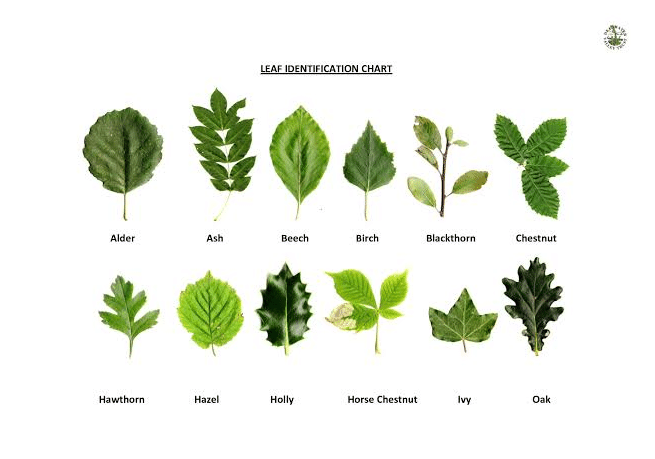San Diego’s climate is characterized by dry summers and limited rainfall, making water conservation essential for homeowners. As drought conditions persist, implementing smart landscaping solutions can help preserve water while maintaining a beautiful and functional outdoor space. From selecting the right plants to incorporating efficient irrigation methods, there are many ways to create a sustainable yard that thrives despite water restrictions.
Choosing Drought-Tolerant Plants
One of the most effective ways to combat drought is by incorporating drought-tolerant plants into your landscape. Native species such as California poppies, manzanitas, and succulents require minimal water and are well-adapted to the region’s climate. Additionally, Mediterranean plants like lavender, rosemary, and sage provide aesthetic appeal while withstanding dry conditions. When selecting plants, consider their water requirements and group them accordingly to optimize irrigation efforts.
Efficient Irrigation Techniques
Water-efficient irrigation methods can significantly reduce water usage while ensuring plants receive the hydration they need. Drip irrigation systems deliver water directly to plant roots, minimizing waste through evaporation and runoff. Additionally, smart irrigation controllers adjust watering schedules based on real-time weather data, preventing unnecessary watering. Homeowners should also schedule watering during the early morning or late evening to minimize water loss due to evaporation.
Water-Saving Lawn Alternatives
Traditional lawns require substantial water to maintain their lush appearance, making them unsustainable in drought-prone areas. Replacing grass with artificial turf, native ground covers, or drought-resistant grasses like buffalo grass can significantly reduce water consumption. Permeable hardscaping elements, such as gravel paths and decomposed granite, also provide aesthetically pleasing alternatives while conserving water.
Mulching for Moisture Retention
Applying mulch around plants and garden beds is an excellent way to retain soil moisture and reduce water evaporation. Organic mulches like wood chips, straw, or bark not only keep the soil cool but also improve soil quality over time. Mulching also suppresses weed growth, which can compete with plants for limited water resources. Homeowners should aim for a 2-4 inch layer of mulch around trees, shrubs, and flower beds for optimal results.
Rainwater Harvesting & Greywater Systems
Collecting rainwater and reusing household greywater are sustainable ways to supplement irrigation needs. Rain barrels and cisterns can store rainwater for future use, reducing reliance on municipal water supplies. Greywater systems, which recycle water from sinks, showers, and laundry, can be used to irrigate non-edible plants. Before installing these systems, homeowners should check local regulations to ensure compliance with water reuse guidelines.
Hardscaping for a Water-Wise Yard
Incorporating hardshipscape elements into a landscape design reduces the need for water-intensive plants while adding structure and visual interest. Features like stone pathways, decorative rock gardens, and pergolas create functional outdoor spaces that require minimal maintenance. A reputable backyard contractor can help homeowners design and install hardscaping solutions that complement their existing landscape while conserving water. For professional assistance, Install-It-Direct, the best landscaping company in San Diego, offering expert solutions tailored to the region’s unique challenges. Implementing these smart landscaping practices not only conserves water but also enhances the value and functionality of any property.
Sustainable Maintenance Tips
Maintaining a drought-friendly landscape involves regular upkeep to maximize water efficiency. Pruning plants to remove dead or excess growth helps direct water to essential areas. Aerating the soil improves water absorption and prevents runoff, while using organic fertilizers promotes healthy plant growth without excessive watering. Homeowners should also stay informed about local water restrictions and adjust their landscaping practices accordingly.
Conclusion
Adapting to San Diego’s drought conditions requires strategic landscaping choices that balance aesthetics with sustainability. By incorporating drought-tolerant plants, efficient irrigation systems, and water-saving alternatives, homeowners can create beautiful outdoor spaces that thrive in dry climates.



